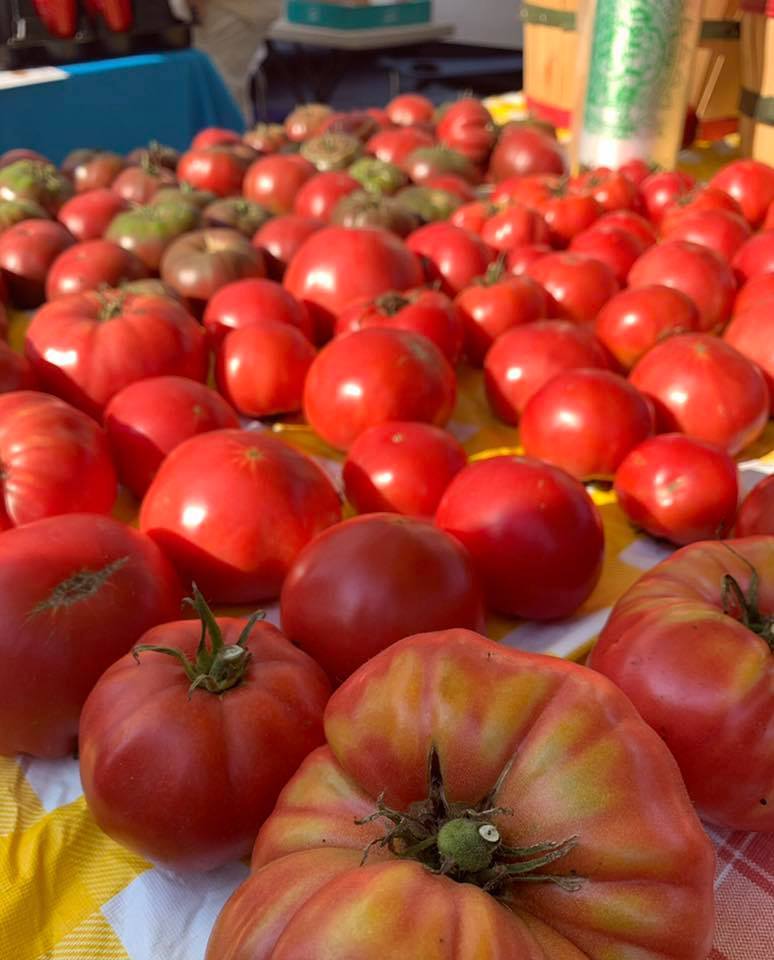The Tomato Festival in Cartersville, Georgia, includes awards to gardeners who grow the “Prettiest Tomato,” “Biggest Tomato” and, my favorite category, “Ugliest Tomato.” Why homegrown tomatoes are sometimes ugly is a common question I get as a University of Georgia Cooperative Extension agent.
There are several tomato disorders that cause a variety of “ugly” deformities in tomatoes. Most of these disorders are caused by environmental stresses, insects or certain plant diseases.
In most cases, the tomatoes may look bad, but they are still edible as long as the fruit are harvested before they start to rot. Many fruit rots are caused by decaying fungi and bacteria that will take advantage of deformed tomatoes, which ultimately shortens the shelf life of the fruit.
It’s best to harvest ugly tomatoes slightly on the green side before they get really ugly and turn sour. Small blemishes can be cut away with a knife in order to salvage a few pieces for a fresh tomato sandwich. If you’re going to use the tomatoes for salsa or spaghetti sauce, then appearances aren’t that important anyway.
One of the most common disorders of tomatoes is blossom-end rot, which causes the bottom of the fruit to turn black and leathery. This issue is caused by a calcium deficiency and can often be avoided by adjusting the pH of the garden soil based on a soil test. Changing soil pH with limestone takes time and should be started several months prior to planting tomatoes.
Another common problem in tomatoes are growth cracks, also called rain check. These can form circular patterns that crack and split around the stem scar or radial cracks that split outward from the center stem.
Rapidly growing fruit, especially on plants that receive high amounts of nitrogen fertilizer, are more susceptible to cracking. Wide fluctuations in rain and temperature can also cause the fruit to crack more readily.
Some tomato varieties are more prone to growth cracks than others. Take note of those varieties that are most affected and consider avoiding them in the future.
Tomatoes affected with “cat-facing” or “zippering” have thin, brown scars that start at the stem and extend part or all of the way to the blossom end of the fruit. These long scars resemble a zipper pattern and there is usually only one scar per fruit.
This disorder is thought to be caused by flowers sticking together or flower anthers that remain attached to the ovary wall of newly forming fruit and is more common during cool weather. Again, certain varieties are more susceptible than others.
Stinkbugs and leaf-footed bugs are sap-sucking insects that commonly feed on the fruit of tomatoes. Damage from these insects appears as small, yellow pinpricks surrounded by white, corky tissue under the skin. Sometimes the fruit becomes deformed as it grows after this type of insect feeding injury.
Tomato spotted wilt virus is a common problem that causes the fruit to develop mosaic ring spots. On ripe fruit, these spots turn into obvious ring patterns, which become red and yellow. The only way to avoid this virus is to control thrips, the insects that spread this disease. There are several virus-resistant tomato varieties on the market today.
For more information, read UGA Extension Circular 1089, “Troubleshooting Cultural Problems of Tomatoes,” at extension.uga.edu/publications.








